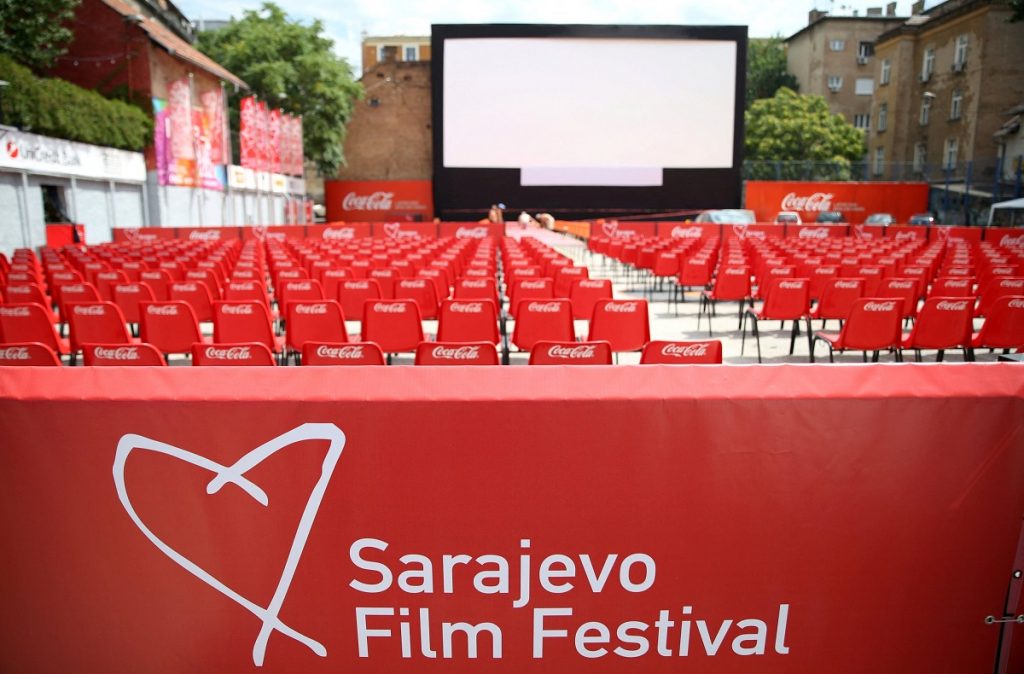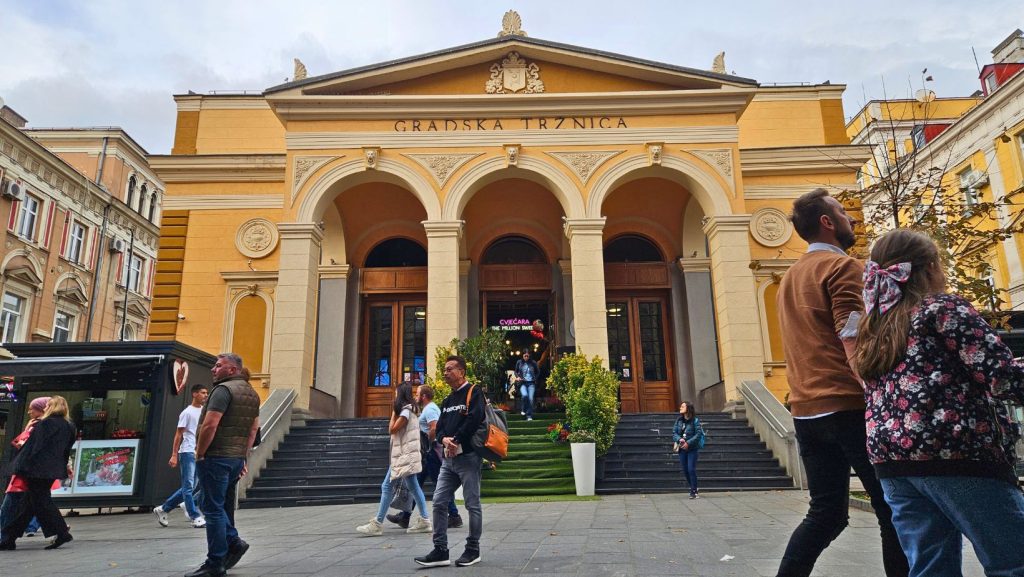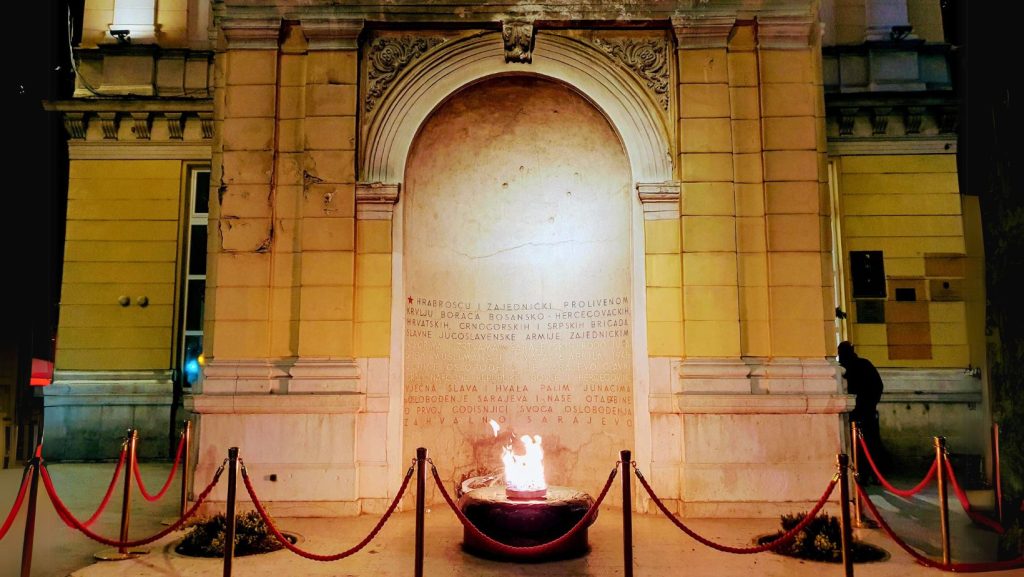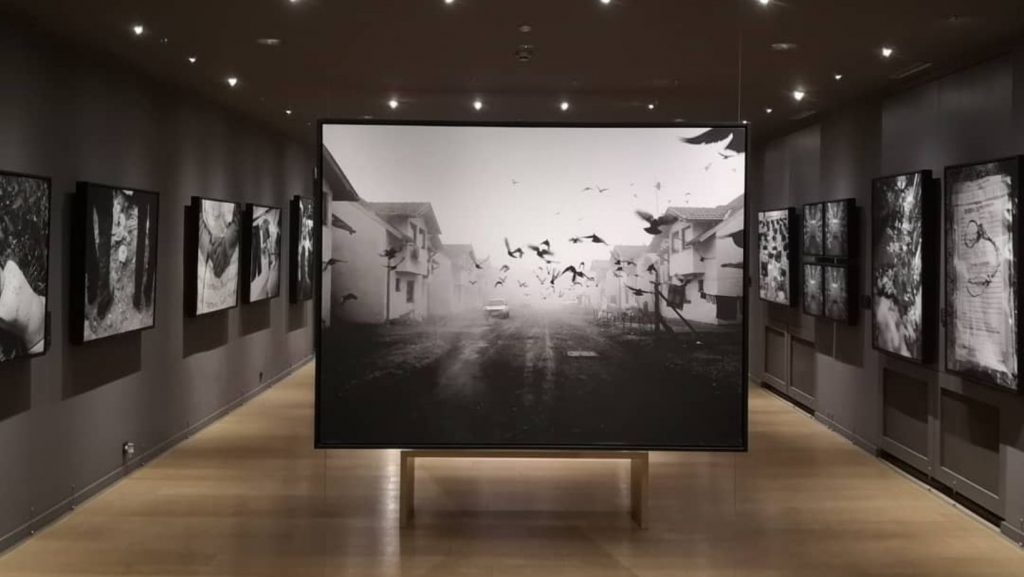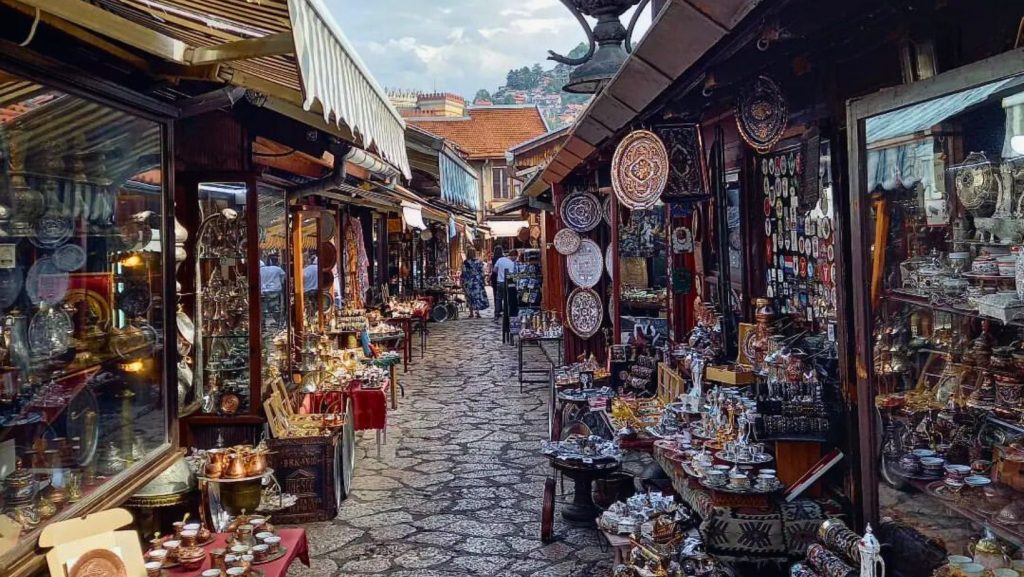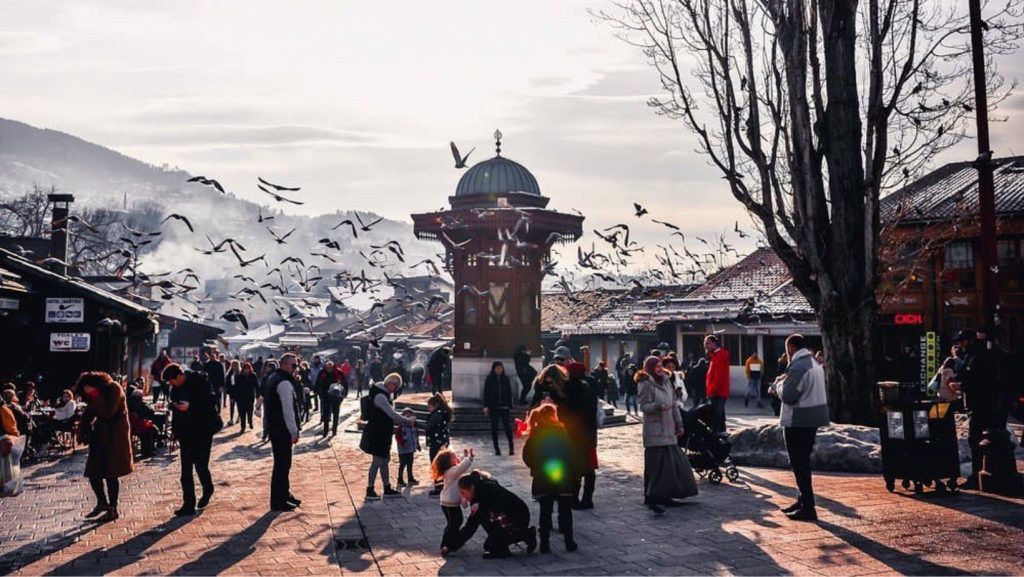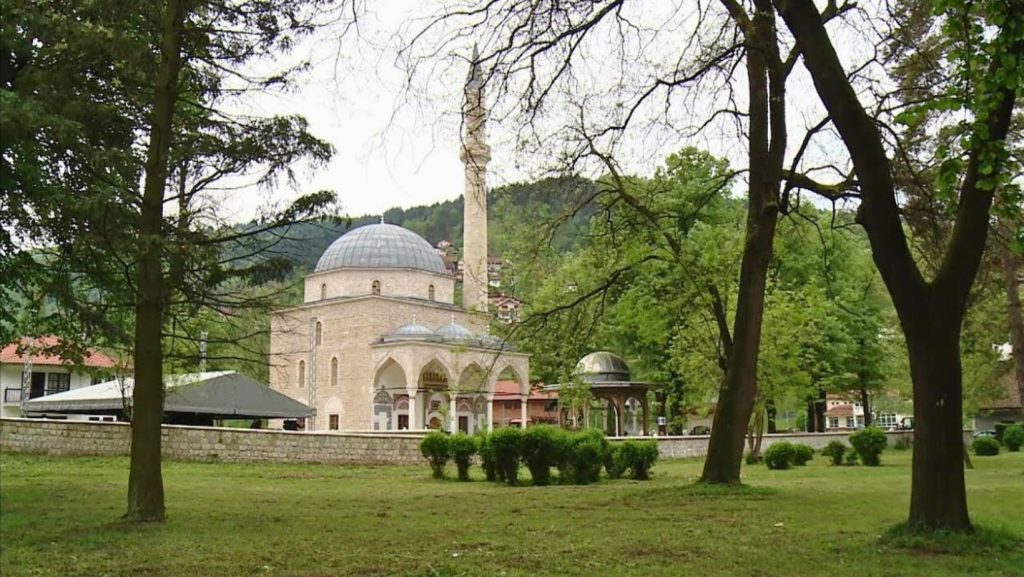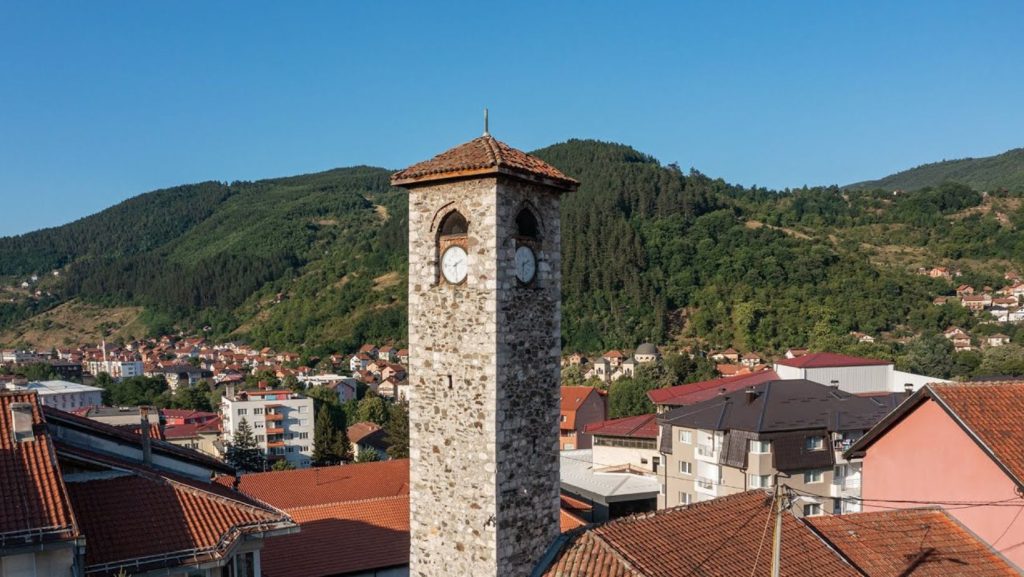Sarajevo Film Festival
View this post on Instagram A post shared by lll.ba Bosnia & Herzegovina Travel Guide (@discover_bosnia_herzegovina) The Sarajevo Film Festival is an international film festival held annually in Sarajevo, the capital of Bosnia and Herzegovina. It was first established in 1995 during the siege of Sarajevo as an act of resistance against the war and […]
Sarajevo Film Festival Read More »



